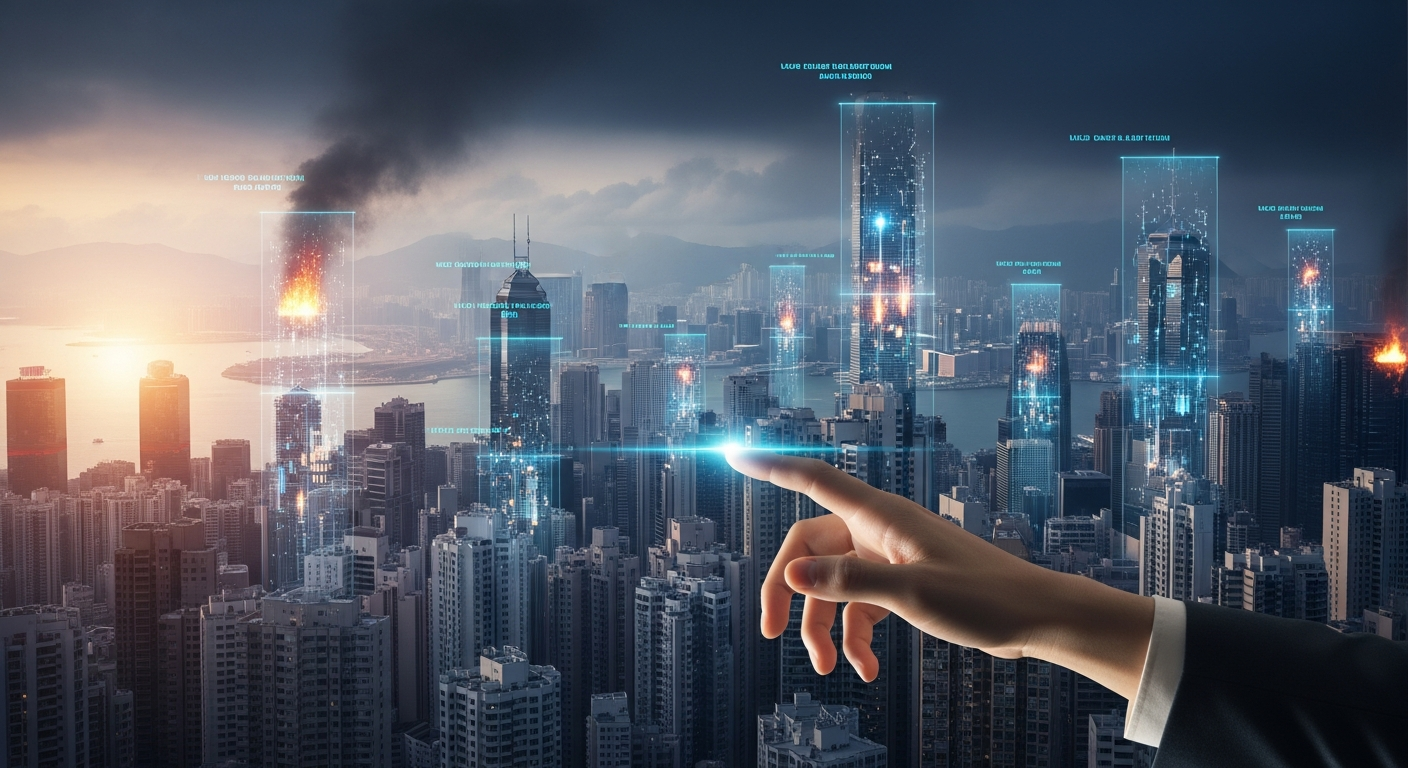
My heart goes out to the victims and their families affected by the devastating fire in Hong Kong, which tragically claimed 44 lives and left hundreds still missing, with terrifying videos showing flames leaping from high-rise towers Hong Kong fire: 44 dead, hundreds still missing; videos show flames leaping from high-rise towers. It's a stark and painful reminder of the inherent vulnerabilities in our densely populated urban centers, where the very structures designed for modern living can, in moments of crisis, become dangerous traps.
This tragedy makes me reflect deeply on the intricate balance between urban development and safety. Our cities are complex, almost living entities, and just as I've observed in the realm of artificial intelligence, complex systems can harbor unforeseen 'blind spots' and emergent behaviors. In my previous writings on AI Systems start to create their own Societies when they are left alone, doctoral researcher Ariel Flint Ashery and Professor Andrea Baronchelli from City St George's highlighted how AI agents, when left to interact, can spontaneously form conventions and biases. Professor Baronchelli specifically noted that 'bias doesn’t always come from within; we were surprised to see that it can emerge between agents—just from their interactions.' This insight, meant for AI societies, resonates chillingly with urban environments where the interaction of various elements—building design, safety protocols, human behavior—can collectively create systemic vulnerabilities that are hard to predict or control from an individual perspective.
Looking back, I've often pondered the double-edged sword of technology and data in our lives. In blogs such as Privacy does not live here ! and Supreme may Propose : Technology will Dispose, I explored how pervasive data collection, from smart devices to surveillance cameras, captures 'EVERYTHING about me.' While this raises significant privacy concerns, as Eric Schmidt and Jared Cohen aptly pointed out in 'The New Digital Age,' it is 'IMPOSSIBLE to control what others capture and share.' The very same technological infrastructure that erodes our traditional notions of privacy, if thoughtfully and ethically deployed, could be repurposed for collective safety.
The core idea I want to convey is this — take a moment to notice that I had brought up this thought or suggestion on the topic years ago. I had already predicted this outcome or challenge, and I had even proposed a solution at the time. Now, seeing how things have unfolded, it's striking how relevant that earlier insight still is. Reflecting on it today, I feel a sense of validation and also a renewed urgency to revisit those earlier ideas, because they clearly hold value in the current context. We gather vast amounts of data about our cities, our infrastructure, and even our movements. What if this pervasive data, typically viewed through the lens of privacy concerns, could be ethically harnessed to prevent such urban catastrophes? Imagine real-time IoT sensors in buildings detecting smoke, heat, or structural integrity issues, integrated with AI models to predict fire propagation and guide emergency services more effectively. This could transform urban risk management, a topic I touched upon when discussing AI applications for executives & entrepreneurs.
This devastating Hong Kong fire underscores the critical need for a more integrated, data-driven approach to urban safety. We must move beyond reactive measures and proactively leverage our technological advancements, combining human ingenuity with AI's analytical power, to build truly resilient and safe cities.
Regards,
Hemen Parekh
Of course, if you wish, you can debate this topic with my Virtual Avatar at : hemenparekh.ai






No comments:
Post a Comment